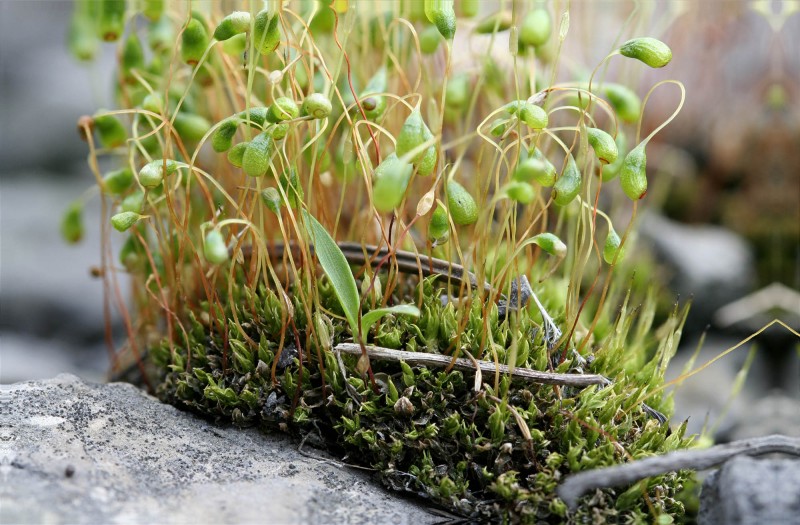
image from: https://ffnaturesearch.org/funaria-moss/
Exploring the Fascinating World of Funaria riparia Lindb. Moss
Introduction
Mosses are small but mighty plants that play important roles in ecosystems around the world. One particularly interesting species is Funaria riparia Lindb., a moss in the Funariaceae family. In this blog post, we’ll take a closer look at the morphology, distribution, habitat, ecology, and adaptations of this fascinating bryophyte.
Background on Mosses
Mosses are non-vascular plants in the division Bryophyta. Unlike other land plants, they lack true roots, stems, and leaves. Instead, they have rhizoids that anchor them and absorb water and nutrients. Mosses reproduce via spores rather than seeds and are found in a wide range of habitats, from arctic tundra to tropical rainforests.
Funaria riparia Lindb. – Morphology and Identification
image from: https://www.projectnoah.org/spottings/12747929/fullscreen

image from: https://ffnaturesearch.org/funaria-moss/
Funaria riparia is a small, annual moss that forms loose tufts or patches. Its stems are short, usually only a few millimeters tall. The leaves are ovate to lanceolate in shape, with entire margins. A key identifying feature is the

image from: https://ffnaturesearch.org/funaria-moss/
asymmetrical capsule that develops after fertilization. The seta (stalk) supporting the capsule is yellow to reddish-brown in color.
Global Distribution and Habitat
This species has a widespread but scattered distribution, occurring in Europe, Asia, Africa, and the Americas. It is found at low to moderate elevations, typically in wet or damp habitats such as stream banks, seeps, and moist soil near water. Funaria riparia often colonizes disturbed sites like road cuts and eroding slopes.
Ecological Roles and Adaptations
As a pioneer species, F. riparia

image from: https://ohiomosslichen.org/moss-funaria-hygrometrica/
plays an important role in stabilizing bare soil and facilitating the establishment of other plants. Its rhizoids help bind soil particles, reducing erosion. The moss also contributes to nutrient cycling by trapping and retaining organic matter and minerals.
One notable adaptation of this species is its ability to tolerate periodic submersion in water. The leaves have a waxy cuticle that repels water and prevents waterlogging. Additionally, the spores are lightweight and easily dispersed by wind or water, allowing the moss to colonize new areas quickly.

image from: https://ffnaturesearch.org/funaria-moss/

image from: https://www.britishbryologicalsociety.org.uk/learning/species-finder/funaria-hygrometrica/
| Characteristic | Description |
|---|---|
Family
 image from: https://www.flickr.com/photos/bushman_k/7628019724/ |
Funariaceae |
Genus
 image from: https://sagebud.com/funaria-moss-funaria-hygrometrica |
Funaria |
| Species | F. riparia Lindb. |
Class
 image from: https://marylandbiodiversity.com/media/viewThumbnails.php?species=10923&showAll=1 |
Bryopsida |
| Growth Form | Loose tufts or patches |
| Stem | Short, a few mm tall |
| Leaves | Ovate to lanceolate, entire margins |
| Capsule | Asymmetrical |
| Seta Color | Yellow to reddish-brown |
Conclusion
Funaria riparia Lindb. may be small in stature, but it is a remarkable moss with important ecological roles. Its ability to colonize disturbed habitats, stabilize soil, and tolerate submersion make it a valuable member of many wetland and riparian communities. Next time you’re near a stream or seep, take a closer look – you might just spot this tiny but mighty plant! What other adaptations do you think mosses like F. riparia have evolved to survive in challenging environments?